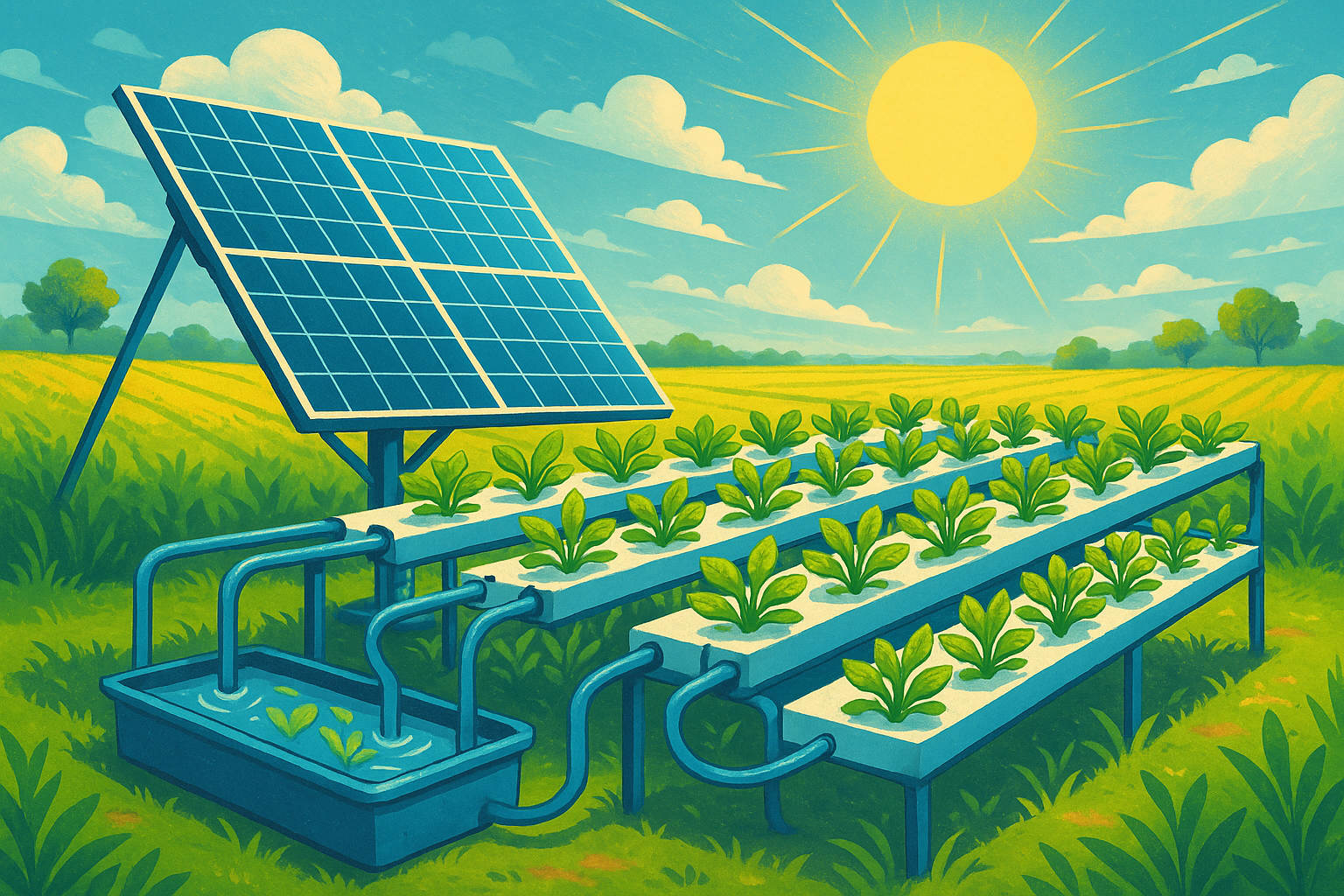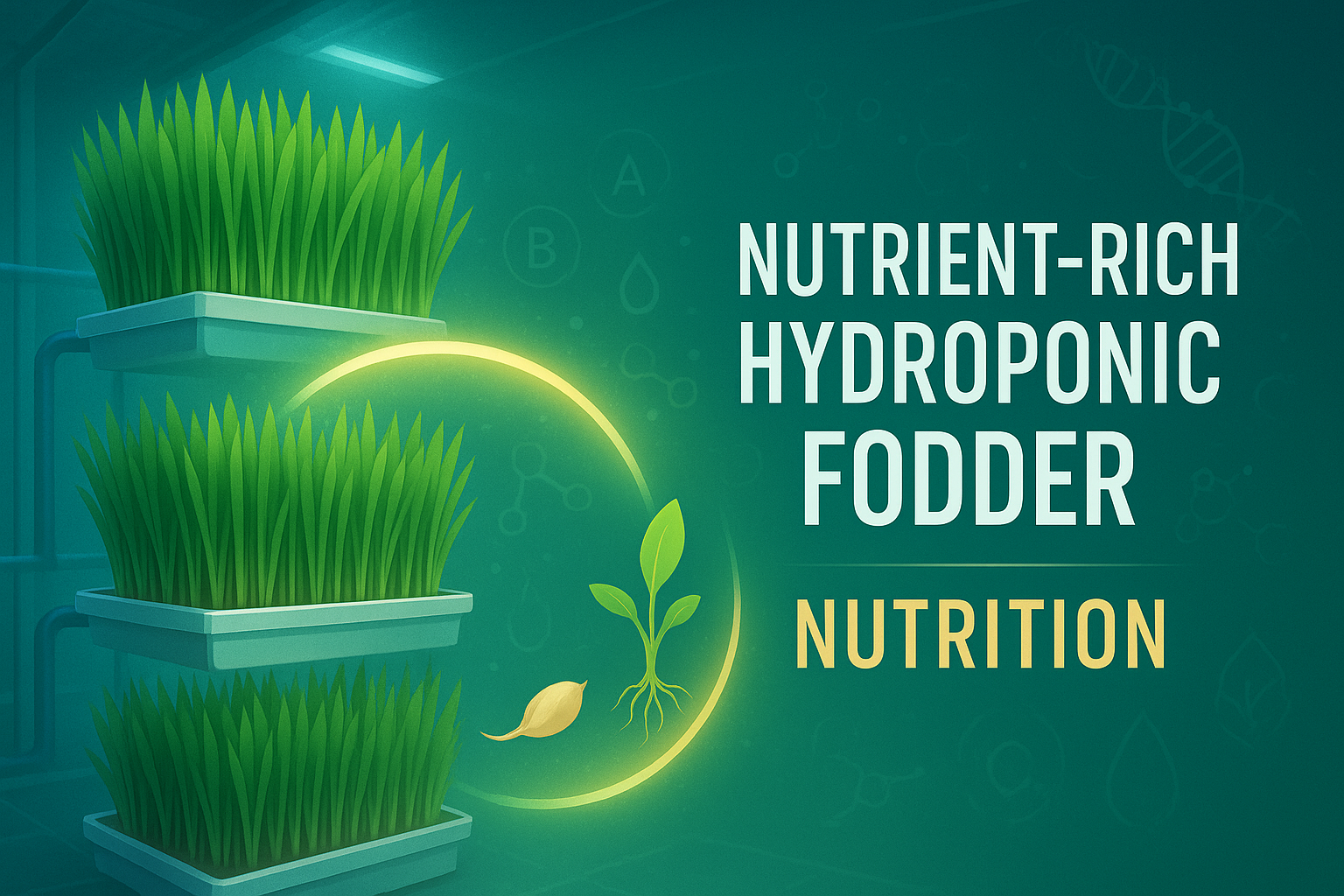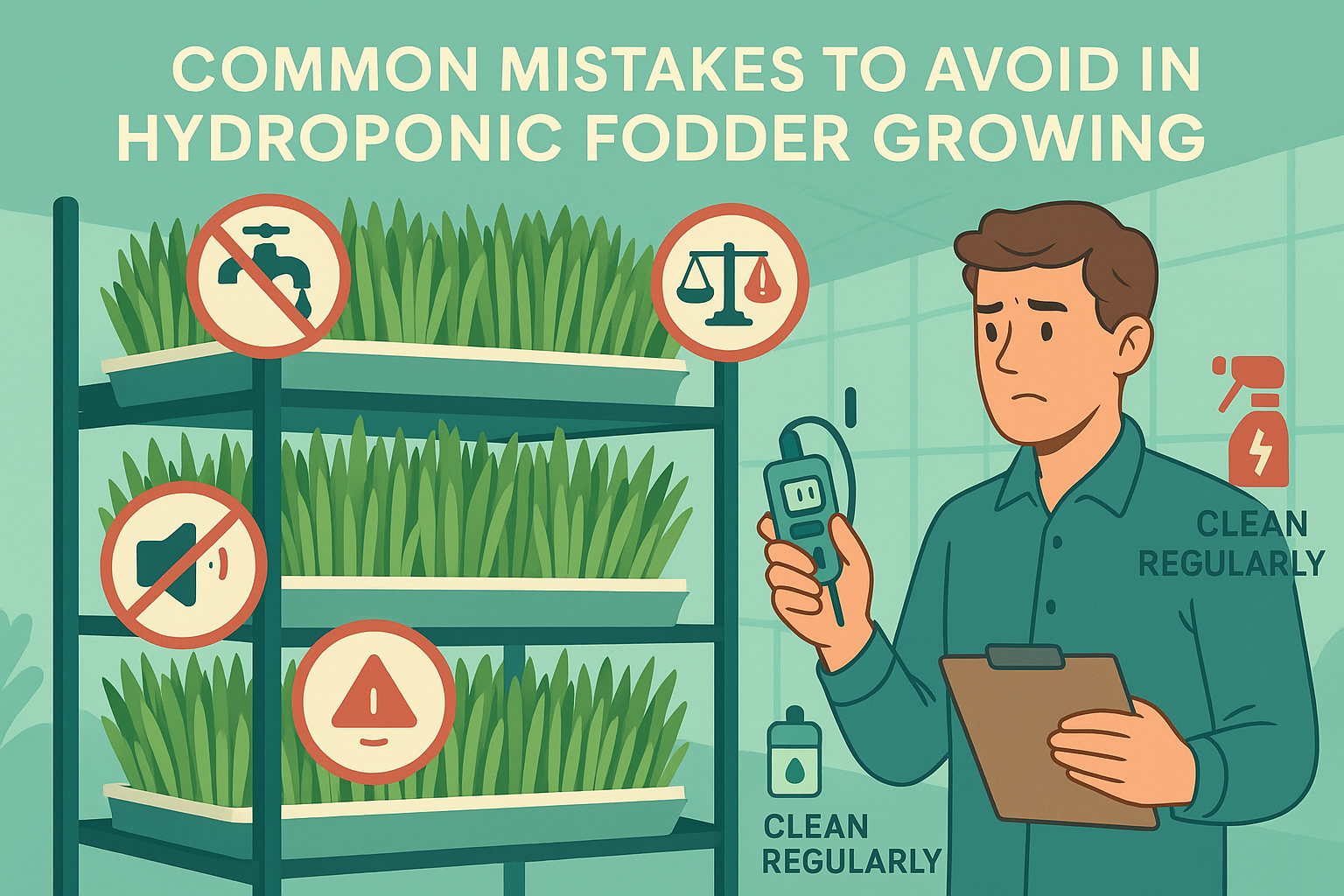Feeding plays a crucial role in the health, growth, and productivity of goats. A balanced diet ensures better milk yield, faster weight gain, improved reproduction, and disease resistance. Since feed cost accounts for nearly 60–70% of total farming expenses, efficient nutrition management is key to profitability.
Types of Goat Feed
- Green Fodder – Napier grass, alfalfa, maize, cowpea, and hybrid varieties provide protein and energy.
- Dry Fodder – Hay, straw, and crop residues help in digestion and provide roughage.
- Concentrates – Mixtures of maize, wheat bran, soybean meal, and mineral mixture improve milk and meat yield.
- Supplements – Salt licks, mineral blocks, and vitamins boost immunity and growth.
Feeding Schedule
- Kids (0–3 months): Mother’s milk + starter feed after 15 days.
- Growing goats (3–12 months): Green fodder + dry fodder + small concentrates.
- Lactating does: High protein diet + 300–500g concentrate per day.
- Breeding bucks: Balanced ration with energy feed before breeding season.
Best Practices in Goat Feeding
- Provide clean drinking water at all times.
- Goats prefer browsing; let them graze where possible.
- Avoid moldy or spoiled feed.
- Ensure regular deworming to improve feed absorption.
- Maintain a proper balance of protein, carbohydrates, and minerals.
Conclusion
Proper feeding and nutrition management is the backbone of successful goat farming. Farmers should plan feed resources in advance and adopt cost-effective methods like fodder cultivation and silage making. A well-fed goat is a healthy and productive goat.










Leave a Reply